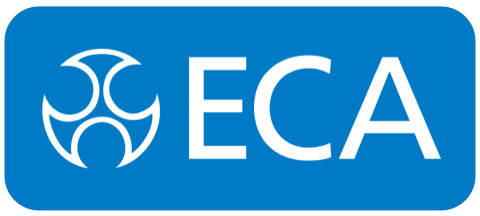FAQs
On this page you can find a number of Frequently Asked Questions that are regularly posed within industry and to our technical helpline.
To provide clarity on ambiguities within the wiring regulations and other electrical installation and inspection issues, Electrical Safety First established the Wiring Regulations Advisory Group (WRAG).
WRAG comprises technical representation from a wide range of industry bodies, such as ECA, with the intent being to standardise industry advice on these issues. The full list of representative organisations can be found here.
The group meets monthly to discuss and gain consensus on new questions posed and to ensure existing information is up to date.
- Please see here for questions and answers on New, Rewired and Similar Installations
- Please see here for questions and answers on Inspection, Certification, Testing and Reporting
